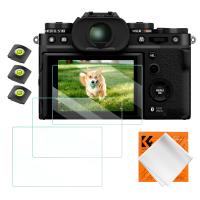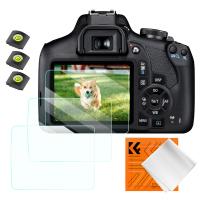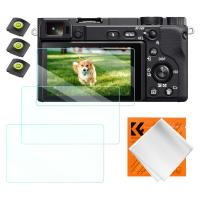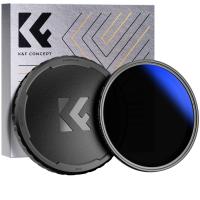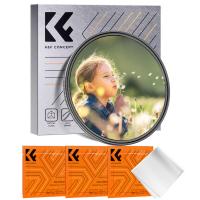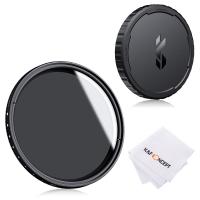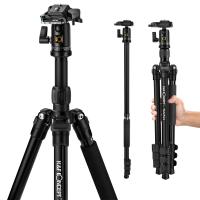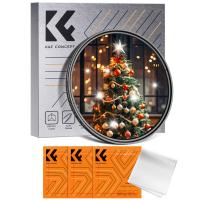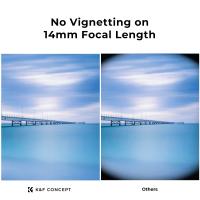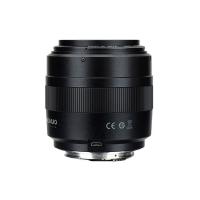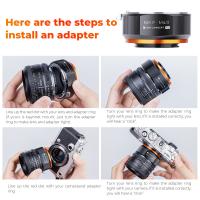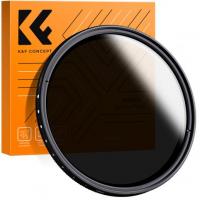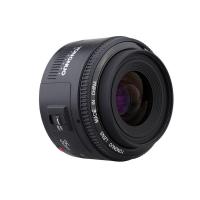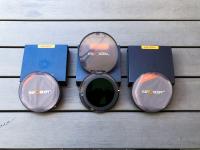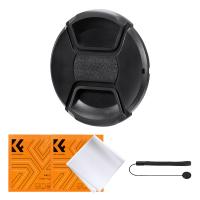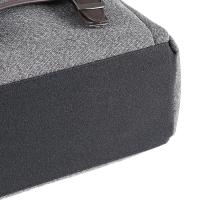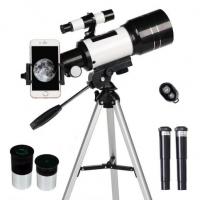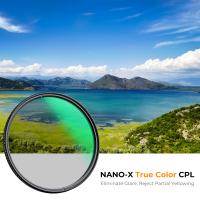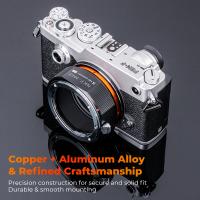Does Camera Lens Protector Affect Picture Quality?
In the realm of smartphone photography, the question of whether a camera lens protector affects picture quality is a common concern among users. As smartphones become more advanced, their cameras have evolved to rival traditional digital cameras, making the protection of these lenses a priority for many. However, the introduction of a lens protector raises questions about its impact on image quality. This article delves into the various aspects of using a camera lens protector, examining its potential effects on picture quality, and providing practical advice for users.
Understanding Camera Lens Protectors
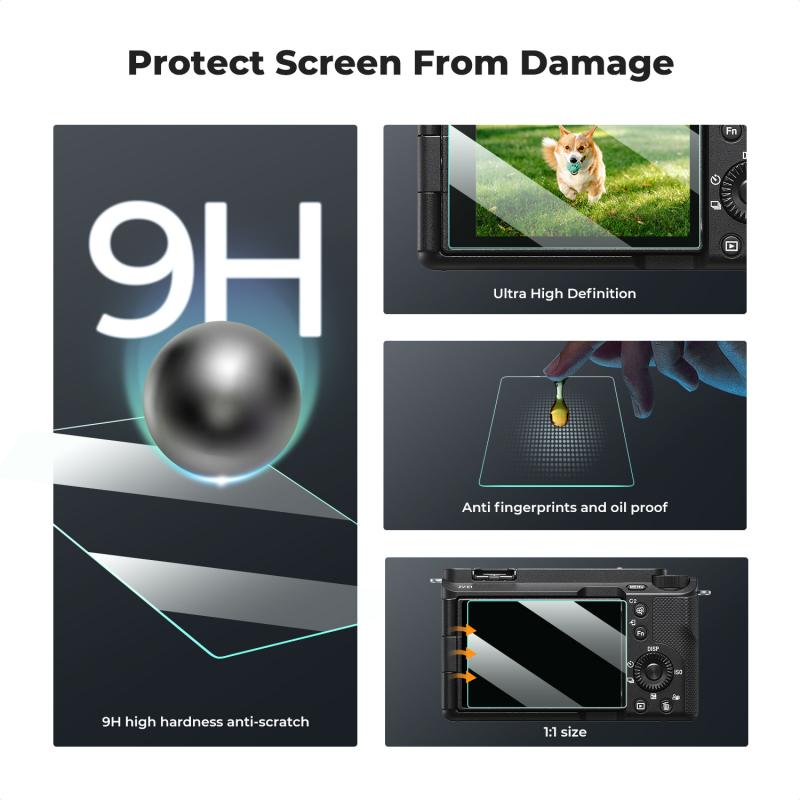
Camera lens protectors are designed to shield the delicate lens of a smartphone camera from scratches, dust, and other potential damage. These protectors are typically made from materials such as tempered glass or high-quality plastic. They are engineered to be transparent and thin, ensuring minimal interference with the camera's functionality. Despite these design considerations, users often worry that adding an extra layer over the lens might degrade the quality of their photos.
Potential Impacts on Picture Quality

1. Image Clarity and Sharpness:
The primary concern for most users is whether a lens protector will reduce the clarity and sharpness of their photos. High-quality lens protectors are designed to be optically clear, meaning they should not significantly affect the image quality. However, lower-quality protectors may introduce slight blurriness or a reduction in sharpness due to imperfections in the material or inadequate transparency.
2. Light Transmission:
The ability of the lens protector to transmit light effectively is crucial for maintaining picture quality. A good lens protector should have a high light transmission rate, allowing most of the light to pass through without significant loss. If the protector has a low transmission rate, it can result in darker images or reduced contrast, affecting the overall quality of the photos.
3. Reflections and Glare:
Another issue that can arise with lens protectors is the introduction of reflections and glare. When light hits the surface of the protector, it can cause unwanted reflections that may appear in the photos. High-quality protectors often come with anti-reflective coatings to minimize this effect. Without such coatings, users might notice lens flares or ghosting in their images, particularly in bright lighting conditions.
4. Color Accuracy:
The material and coatings used in lens protectors can also impact color accuracy. A well-made protector should not alter the colors captured by the camera. However, some protectors might introduce a slight color cast, which can be particularly noticeable in photos with neutral or white backgrounds. This issue is more common with cheaper protectors that do not use high-quality materials.
5. Autofocus Performance:
Modern smartphone cameras rely heavily on autofocus systems to ensure sharp images. A lens protector that is not perfectly clear or has imperfections can interfere with the camera's ability to focus accurately. This can result in photos that are slightly out of focus or take longer to capture as the camera struggles to find the correct focus point.
Choosing the Right Lens Protector
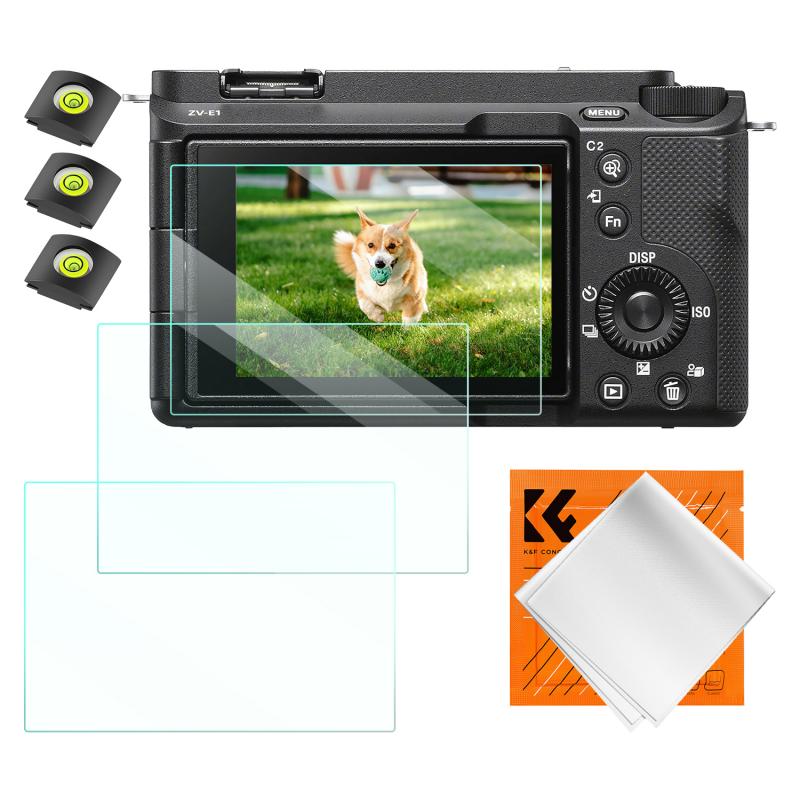
Given the potential impacts on picture quality, it is essential to choose a high-quality lens protector. Here are some tips for selecting the right one:
1. Material Quality:
Opt for protectors made from high-quality tempered glass or premium plastic. These materials are more likely to be optically clear and durable, providing better protection without compromising image quality.
2. Coatings:
Look for protectors with anti-reflective and anti-glare coatings. These coatings help reduce reflections and glare, ensuring that your photos remain clear and free from unwanted artifacts.
3. Brand Reputation:
Consider purchasing lens protectors from reputable brands known for their quality. Reading reviews and user feedback can provide insights into the performance of the protector and its impact on picture quality.
4. Fit and Compatibility:
Ensure that the protector is specifically designed for your smartphone model. A well-fitting protector will cover the lens adequately without obstructing any part of the camera or affecting its functionality.
Practical Tips for Using Lens Protectors
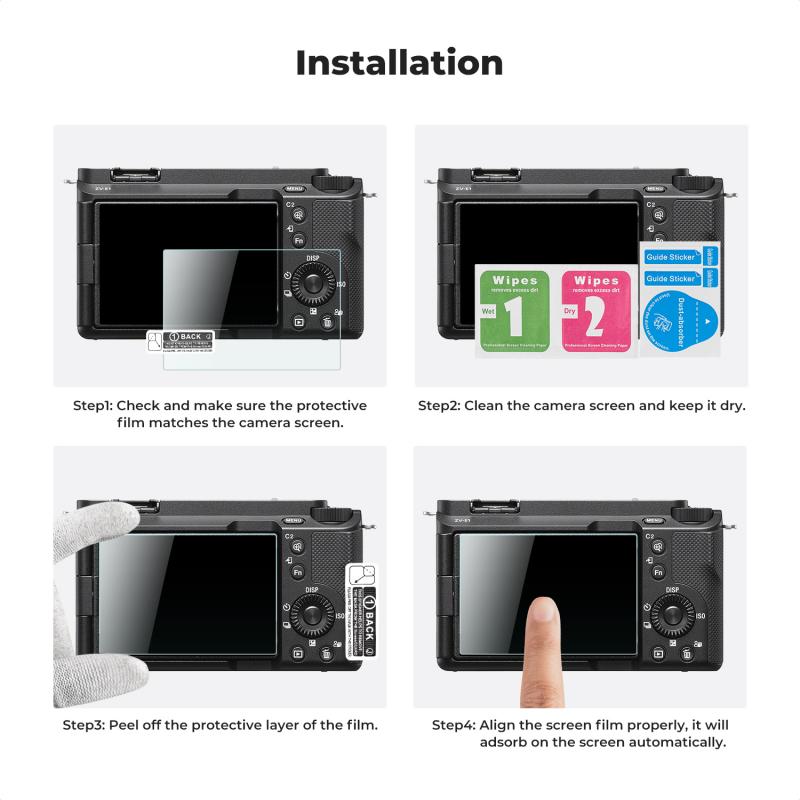
Even with a high-quality lens protector, there are some practical steps you can take to ensure the best possible picture quality:
1. Regular Cleaning:
Keep the lens protector clean by wiping it regularly with a microfiber cloth. Dust, fingerprints, and smudges can accumulate on the protector, affecting image clarity and sharpness.
2. Proper Installation:
Follow the installation instructions carefully to avoid trapping air bubbles or dust particles between the protector and the lens. A clean and precise installation will help maintain optimal image quality.
3. Monitor Performance:
Pay attention to the performance of your camera after installing the protector. If you notice any significant degradation in picture quality, consider trying a different protector or consulting with the manufacturer for advice.
In conclusion, while camera lens protectors can potentially affect picture quality, the impact is largely dependent on the quality of the protector itself. High-quality protectors made from premium materials and equipped with anti-reflective coatings are less likely to degrade image quality. By choosing the right protector and following best practices for installation and maintenance, users can protect their smartphone camera lenses without compromising the quality of their photos. Ultimately, the peace of mind that comes with knowing your lens is protected can outweigh the minimal risk of reduced picture quality, especially when using a top-tier lens protector.

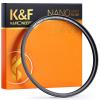
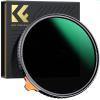


![Supfoto Osmo Action 3 Screen Protector for DJI Osmo Action 3 Accessories, 9H Tempered Glass Film Screen Cover Protector + Lens Protector for DJI Osmo 3 Dual Screen [6pcs] Supfoto Osmo Action 3 Screen Protector for DJI Osmo Action 3 Accessories, 9H Tempered Glass Film Screen Cover Protector + Lens Protector for DJI Osmo 3 Dual Screen [6pcs]](https://img.kentfaith.com/cache/catalog/products/us/GW41.0076/GW41.0076-1-200x200.jpg)




